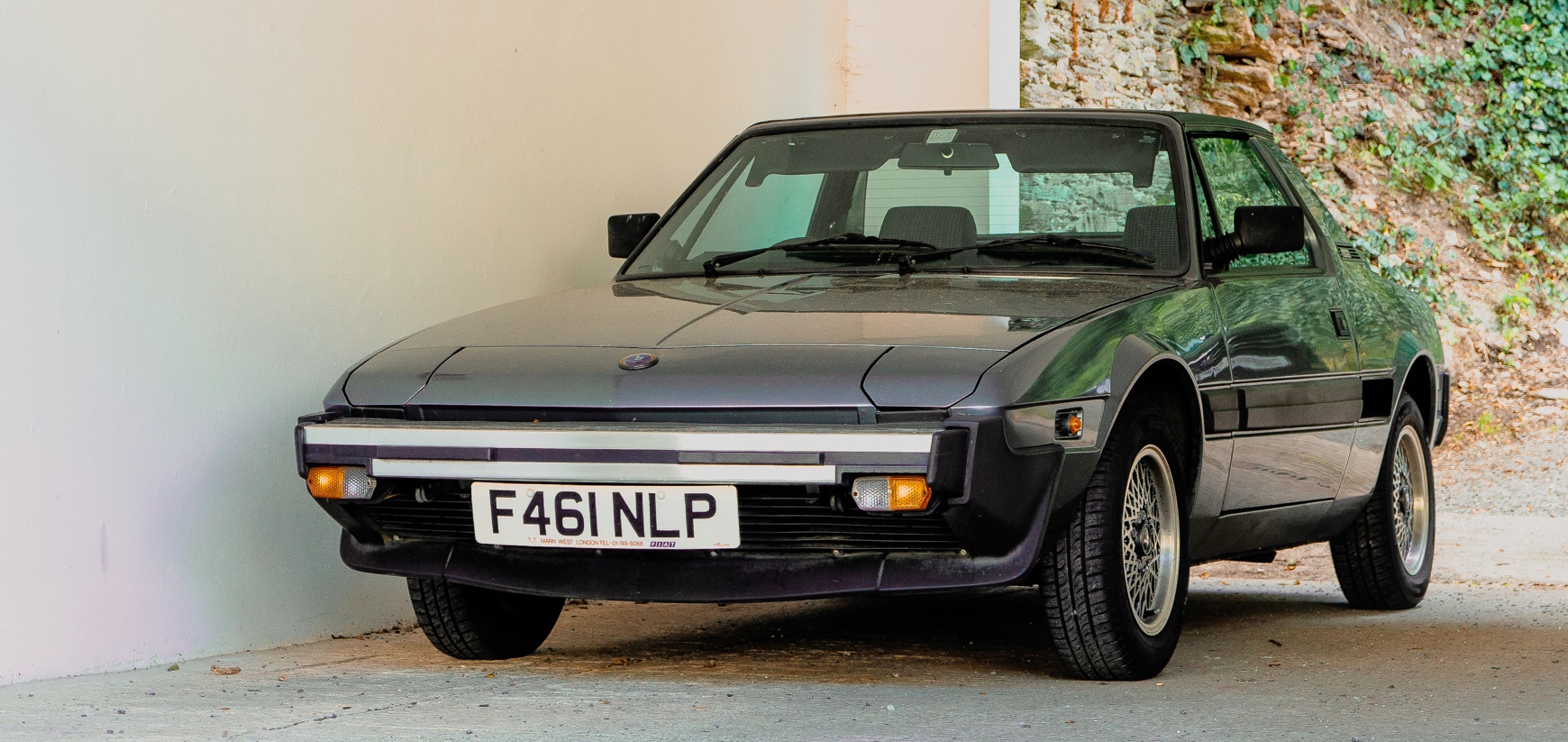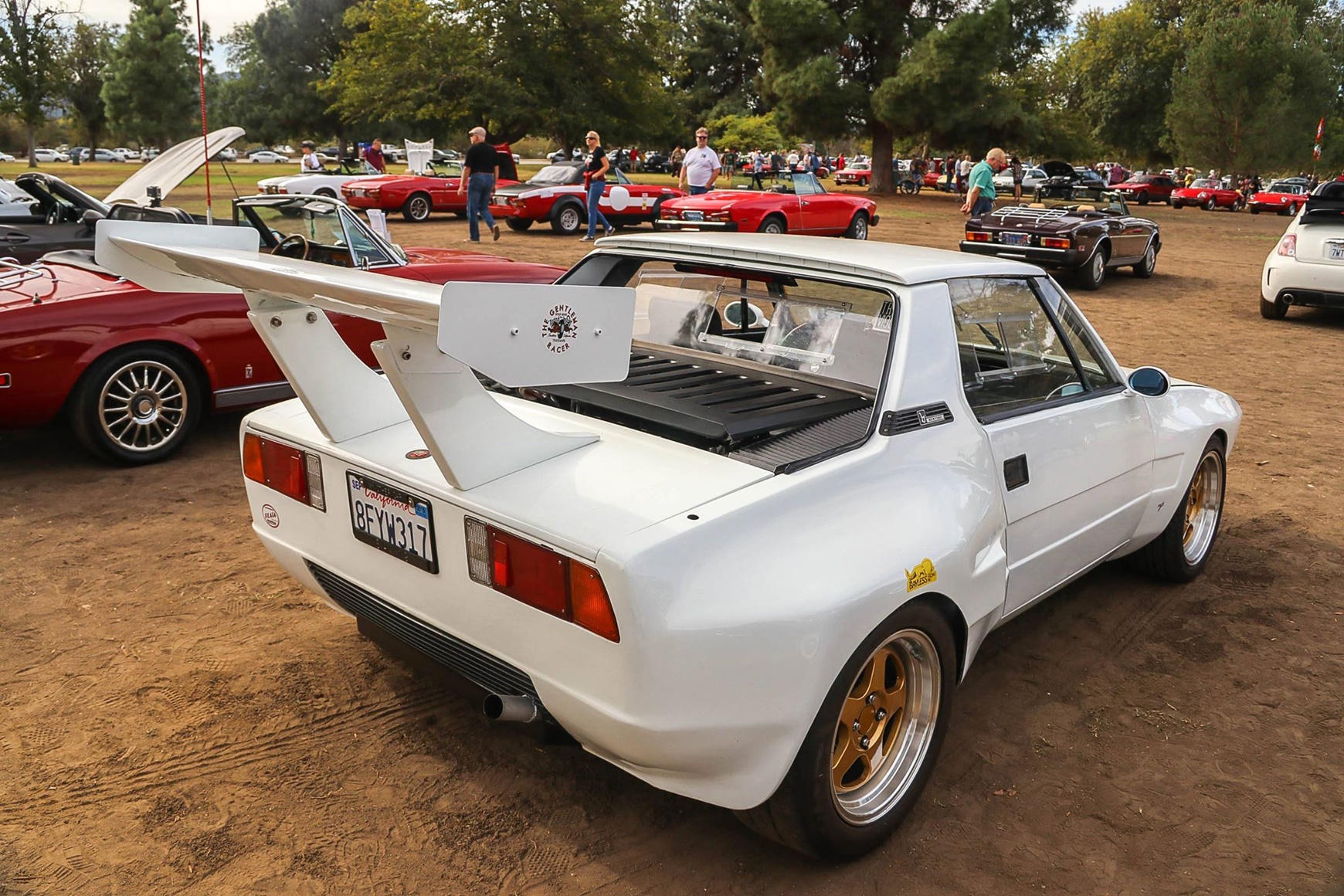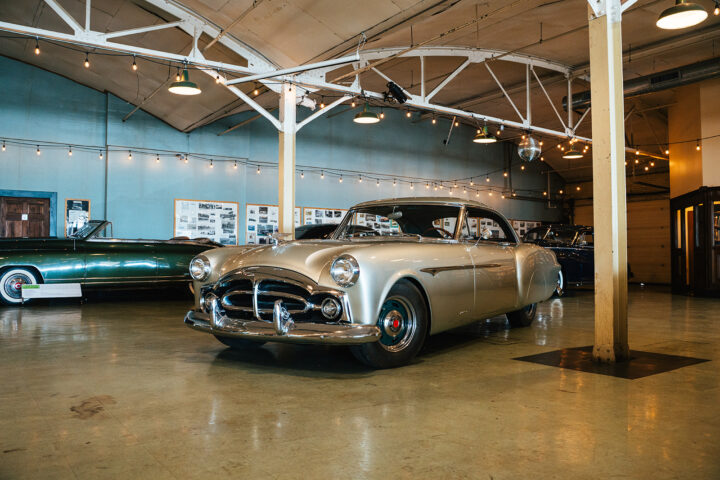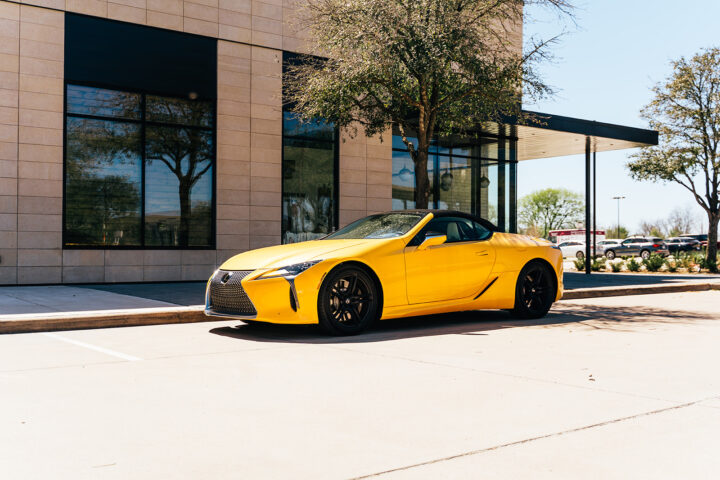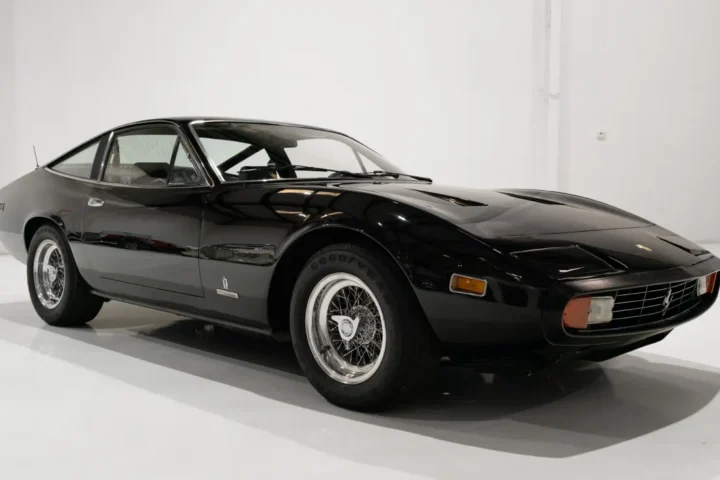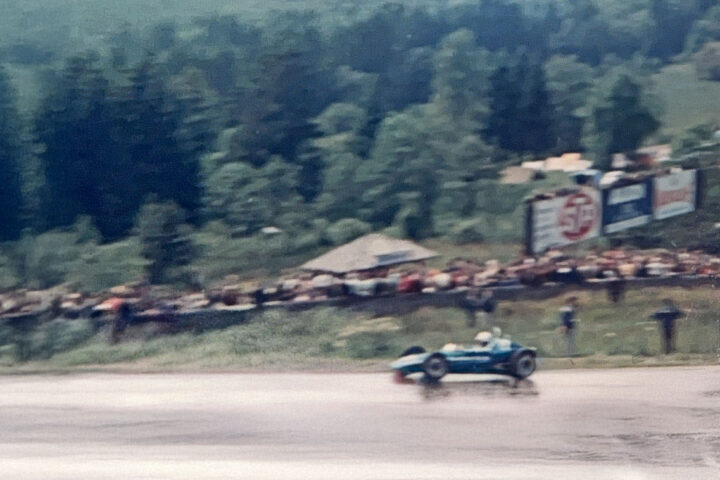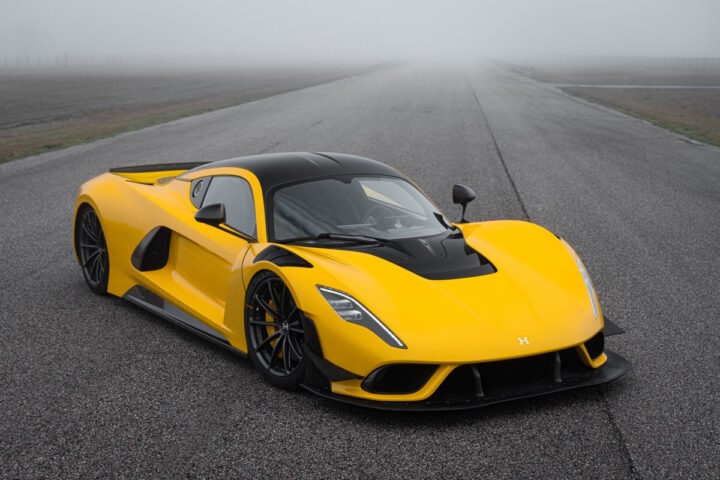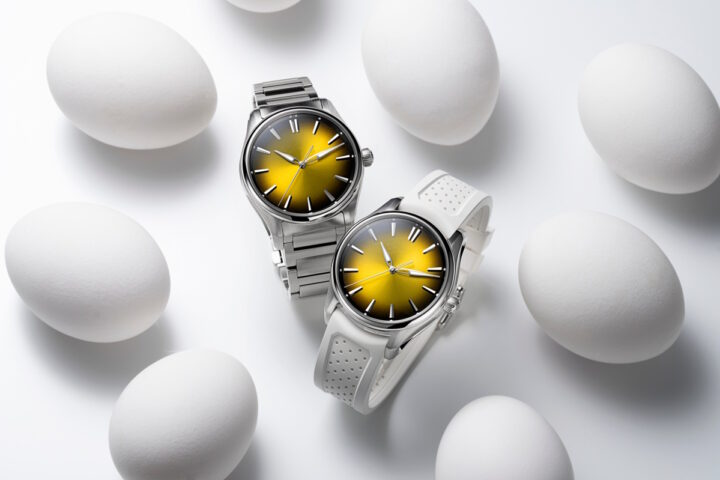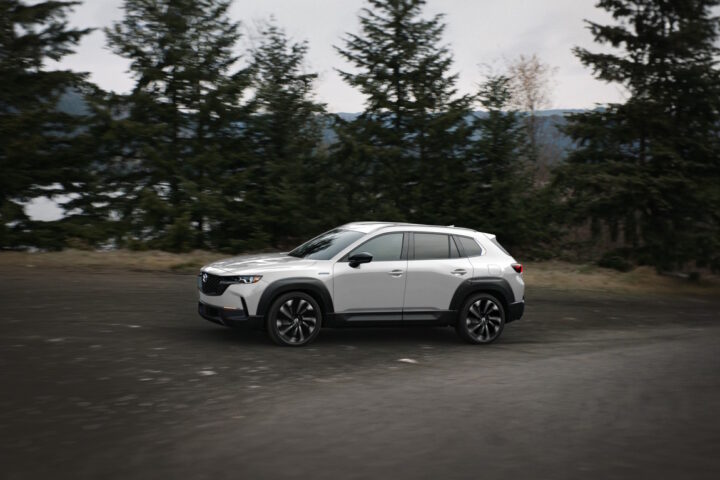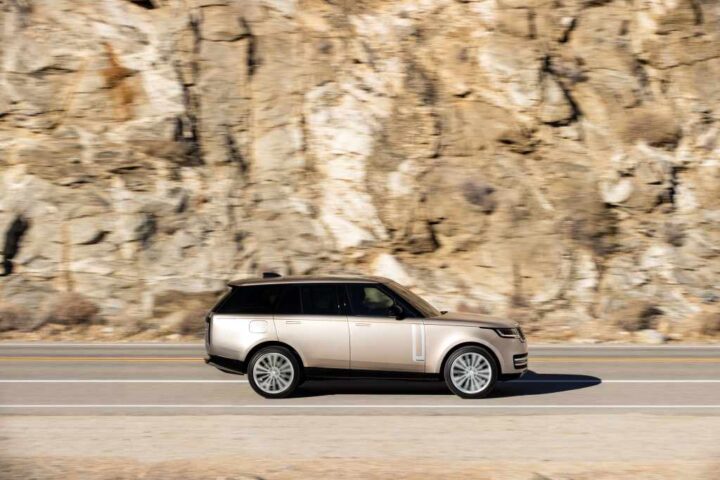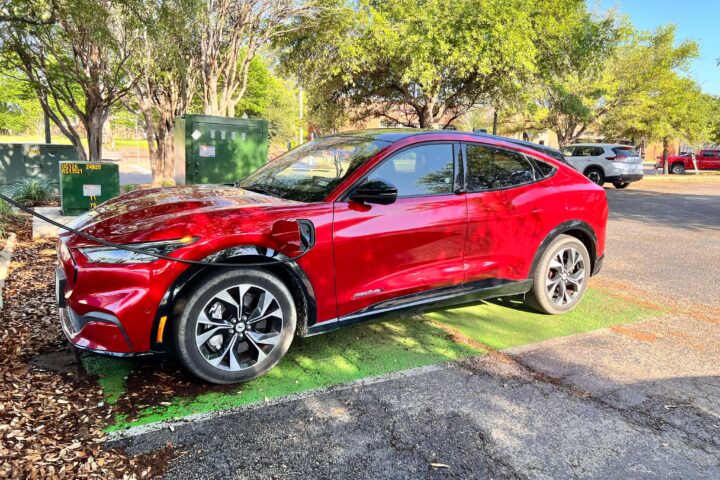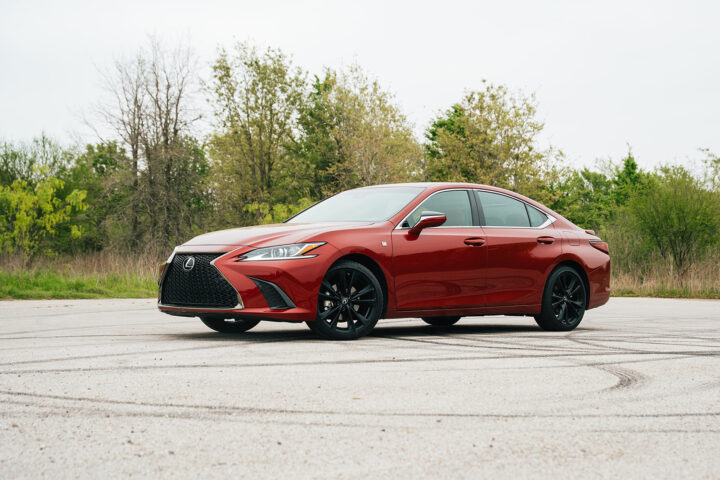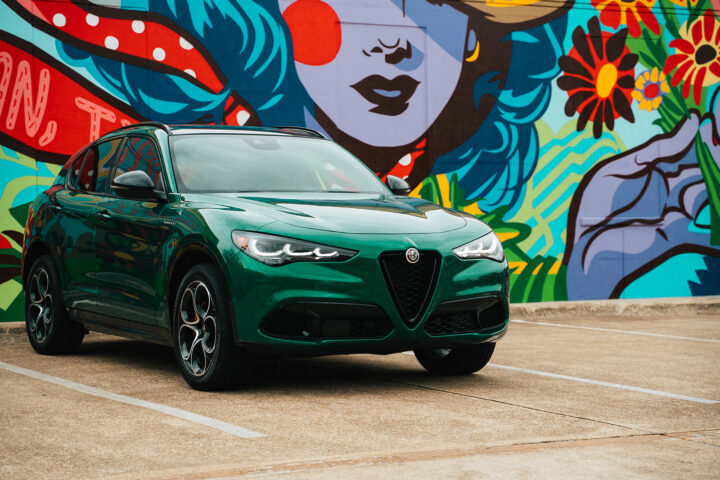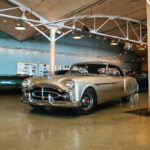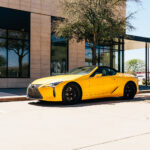The Fiat X1/9 is a classic two-seater mid-engined sports car that left a significant mark in automotive history. Designed by the renowned Italian design house Bertone and manufactured by Fiat, this car enjoyed a production run from 1972 to 1989. In this feature, we delve into the fascinating history, design, production, and legacy of the Fiat X1/9.
History and Design
The genesis of the Fiat X1/9 can be traced back to the 1969 Autobianchi A112 Runabout concept, which featured Bertone styling. The Runabout concept, although named for the Autobianchi A112, was powered by a Fiat 128 SOHC engine. This concept car had a distinct wedge shape and borrowed numerous design cues from contemporary power boats.
When the X1/9 was developed for production, it retained many of these unique features, including the wedge shape, prominent C-pillar roll-over hoop, and the distinctive long flat bonnet. However, the X1/9 was designed around the Fiat SOHC engine and transmission from the front-wheel-drive Fiat 128, which was a significant departure from its concept’s design. The engine, engineered by the famed Aurelio Lampredi, was located in the middle of the car, directly in front of the rear axle, resulting in a mid-engined layout. This placement of the drivetrain and suspension assembly optimized weight distribution, enhancing the car’s handling.
One of the X1/9’s standout features was its retractable headlights, giving it a sleek appearance. It also had a removable hardtop roof panel that could be conveniently stored in the frunk. Additionally, the car boasted front and rear storage compartments, making it practical for a sports car.
Production and Model Evolution
The X1/9 was initially intended to replace the Fiat 850 Spider, another Bertone-designed car. However, it coexisted with the larger and pricier Fiat 124 Sport Spider throughout most of its production life.
Several model changes and updates occurred during the X1/9’s production run. It started with a 1.3-liter engine and a 4-speed manual transmission, producing 75 DIN-rated metric horsepower. Over time, it received a 1.5-liter engine, a 5-speed transmission, and fuel injection, resulting in improved performance.
In the United States, where a significant portion of X1/9s were sold, the car underwent changes to meet emission standards. The U.S. models featured unique bumpers, emission control systems, and other modifications to comply with regulations.
Legacy and Impact in the United States
In the United States, the Fiat X1/9 was relatively successful. About two-thirds of the total production was sold in the U.S., spanning three generations: 1974 cars, 1975-1978 cars, and 1979-1989 cars. The car underwent numerous changes and adaptations to meet U.S. standards, including engine upgrades and emission control systems.
In 1982, Fiat handed over the marketing and support of the X1/9 to International Automobile Importers, Inc., led by Malcolm Bricklin. Production was fully taken over by Bertone, and the car was sold as the “Bertone X1/9.”
Despite initial success, U.S. sales of the X1/9 declined in its later years. Bertone continued to make updates to the car, including improved rust protection, seating modifications, and electrical system enhancements.
Concept Cars and Prototypes
The Fiat X1/9 also inspired several concept cars and prototypes, showcasing its versatility and potential for innovation. Bertone conducted studies such as the all-aluminum X1/9 Superlight, the extended “Passo Lungo” variant with additional seating, and a full-convertible top (Spider) version.
Racing History
The X1/9 also made its mark in motorsport. Scuderia Filipinetti presented the first Fiat X1/9 race car at the Geneva Motor Show in 1973. It featured a modified engine and achieved significant power output.
The Fiat subsidiary Abarth developed the Abarth X1/9 Prototipo, a rally car with a custom 16-valve cylinder head and striking design elements.
Dallara entered the X1/9 in the World Championship for Makes, creating the Dallara Icsunonove, featuring extensive modifications for racing purposes.
The X1/9 Today
As of recent data, the X1/9 remains a beloved classic car in various parts of the world. In the UK, there are active owners’ clubs and a strong community of enthusiasts. In the USA and Canada, a significant number of X1/9s remain legally plated for road use, though the numbers have decreased over the years.
The Fiat X1/9’s unique design, engineering innovations, and racing history have left a lasting impact on the automotive world. It continues to be celebrated by collectors and car enthusiasts, embodying the spirit of Italian sports cars from a bygone era at an affordable price.

